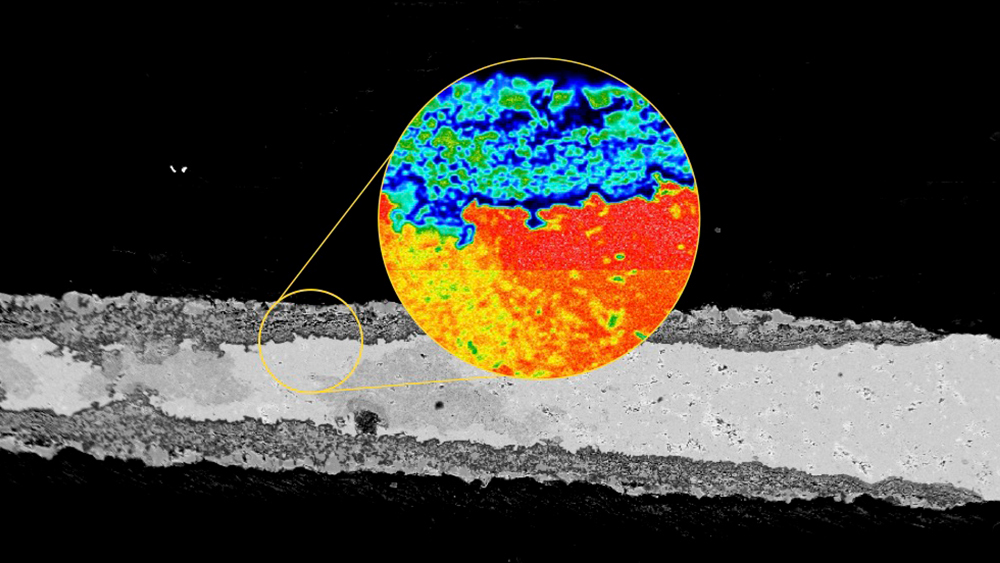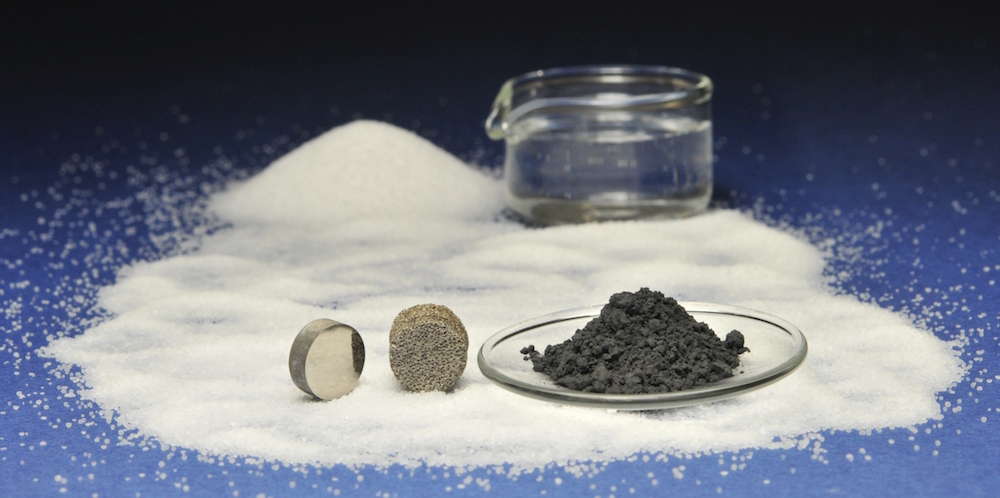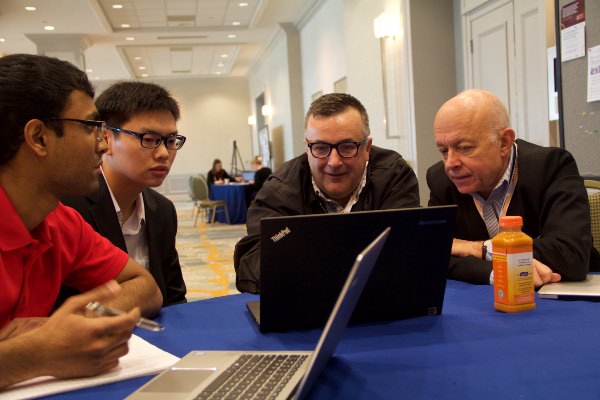The April 2024 issue of the ACerS Bulletin—featuring ceramics for manufacturing—is now available online. Plus—new C&GM.
Read MoreDespite having weakly bonded layers, MAX phases demonstrate a surprisingly high damage tolerance. Researchers at Texas A&M and Universite Grenoble Alpes in France showed how cracks in a MAX single crystal can close and heal, thus contributing to the high damage tolerance.
Read MoreDespite the extensive number of studies on high-entropy 3D crystalline solids, very little has been reported on high-entropy 2D materials. Researchers led by Indiana University–Purdue University Indianapolis demonstrated the opportunities for creating high-entropy 2D materials using MXenes.
Read MoreDetermining oxidation stability of new MAX phases is a difficult and expensive process with current computational and experimental methods. Researchers at Texas A&M University designed a new machine-learning-based scheme for predicting the oxidation of MAX phases at high temperatures, allowing them to conduct studies that may otherwise take years to perform.
Read MoreMAX phases are layered ceramic materials with both ceramic and metal-like properties, as well as good radiation tolerance, making them ideal candidates for use in next-generation nuclear power technologies. Two recent papers investigate the irradiation of Cr2AlC to determine its potential for this application.
Read MoreIt is one thing to develop a new material or process—but improving existing materials and processes is also important in making better products. Two papers in the May-June issue of International Journal of Applied Ceramic Technology focus on improving effectivity of existing processes.
Read MoreNonoxide ceramics typically undergo high-temperature synthesis in an inert atmosphere to prevent spontaneous oxidation. Researchers at Forschungszentrum Jülich have now found that potassium bromide keeps nonoxide ceramics from oxidizing when synthesized in normal air.
Read MoreICACC organizers worked around havoc created by the federal shutdown to deliver a conference with excellent technical content, networking, and an expo.
Read More









